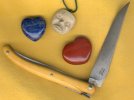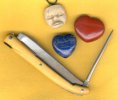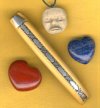-
The BladeForums.com 2024 Traditional Knife is available! Price is $250 ea (shipped within CONUS).
Order here: https://www.bladeforums.com/help/2024-traditional/
You are using an out of date browser. It may not display this or other websites correctly.
You should upgrade or use an alternative browser.
You should upgrade or use an alternative browser.
Jérôme LATREILLE
- Thread starter Âchillepattada
- Start date
Âchillepattada
Gold Member
- Joined
- May 17, 2012
- Messages
- 2,605
A few novelties from Jérome :



Â



Â
waynorth
Dealer / Materials Provider
- Joined
- Nov 19, 2005
- Messages
- 33,346
Every time I see Jerome's latest knives, he seems to have developed more skill and finesse!! He is quite an accomplished Artisan!! Thanks for showing us, J-M!!!!A few novelties from Jérome :
Will Power
Gold Member
- Joined
- Jan 18, 2007
- Messages
- 33,582
Thanks, Will
- Joined
- Mar 24, 2020
- Messages
- 889
A 15cm "quatre pièces" by Jérôme Latreille.
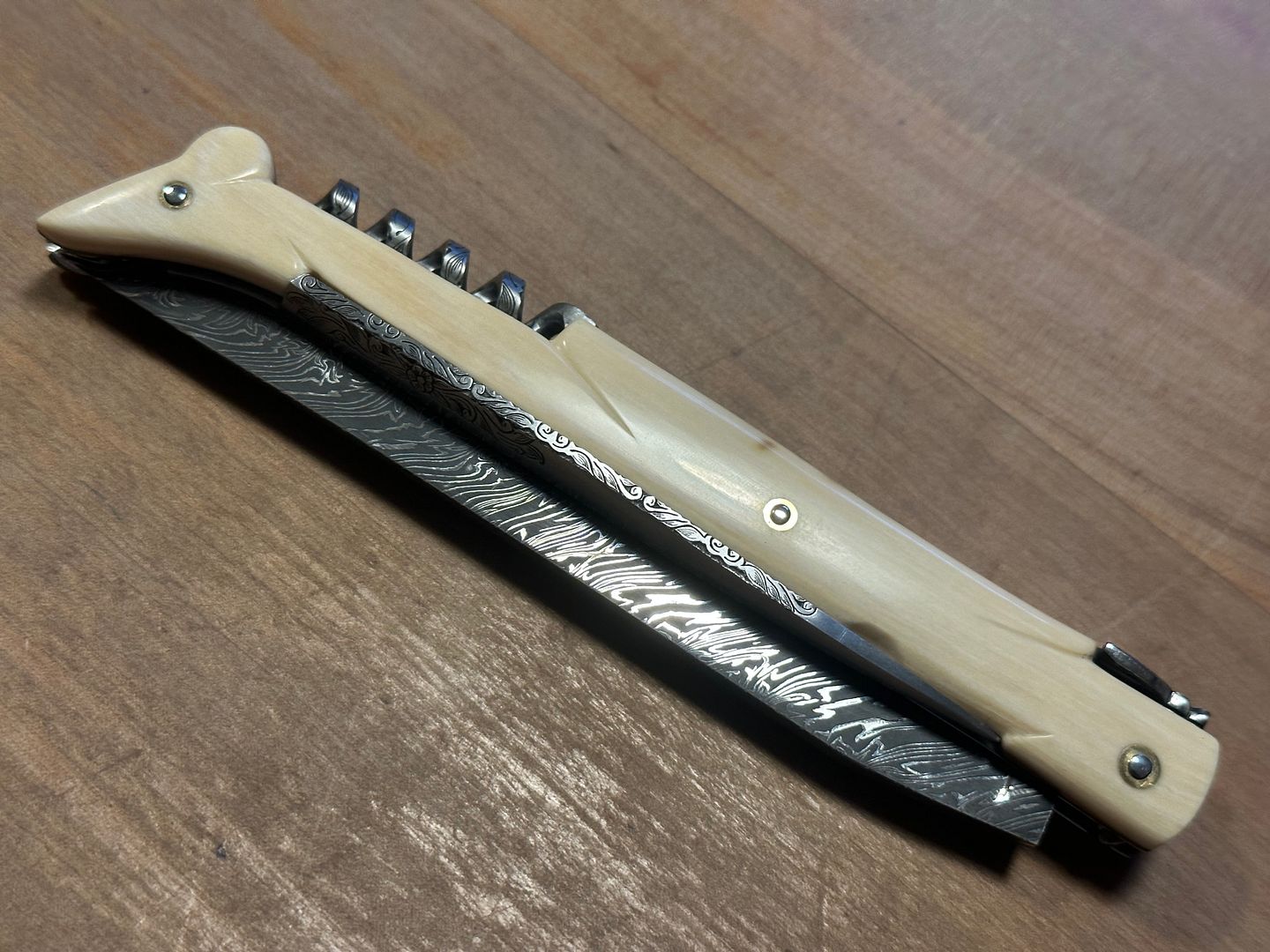
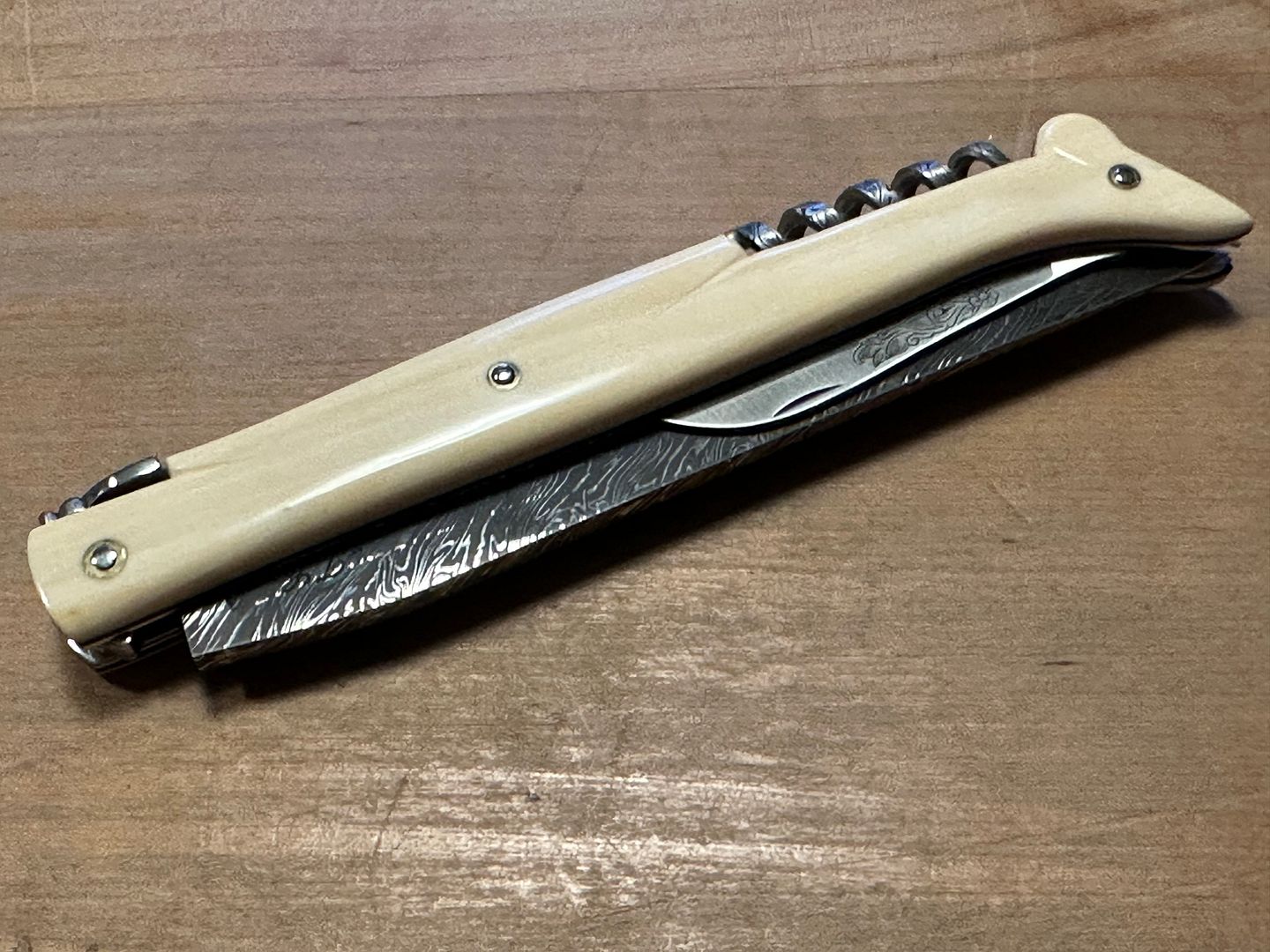
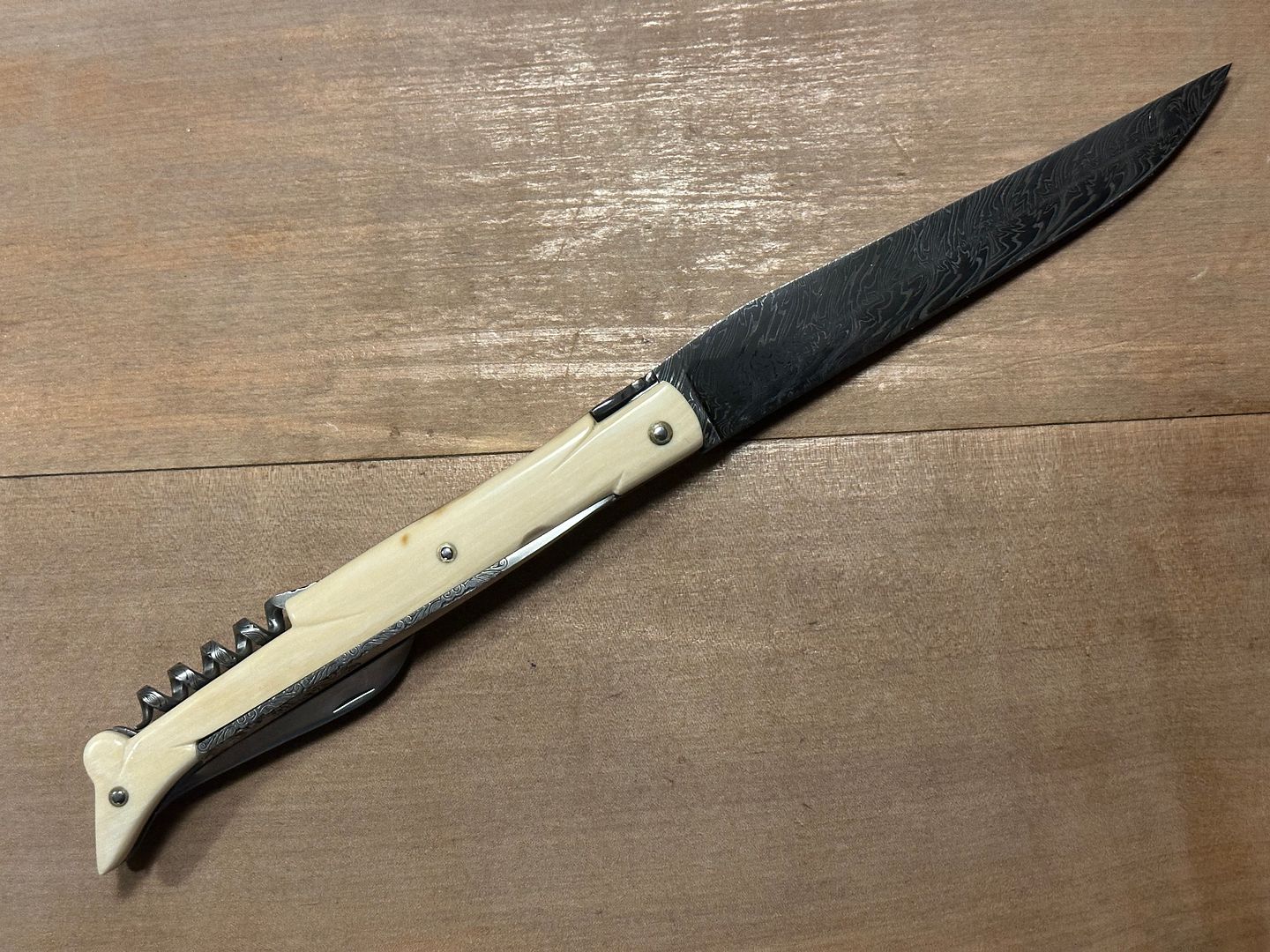
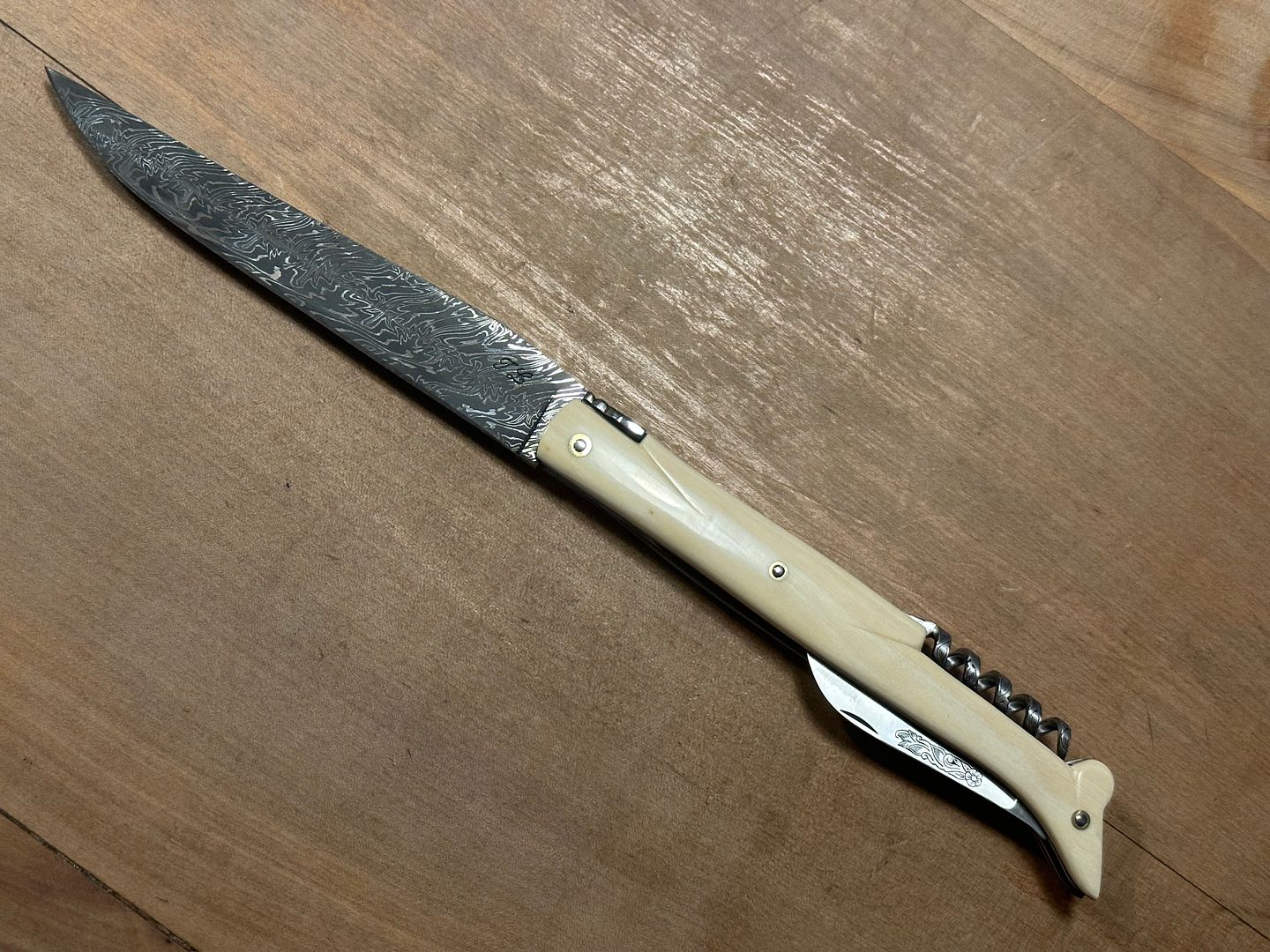

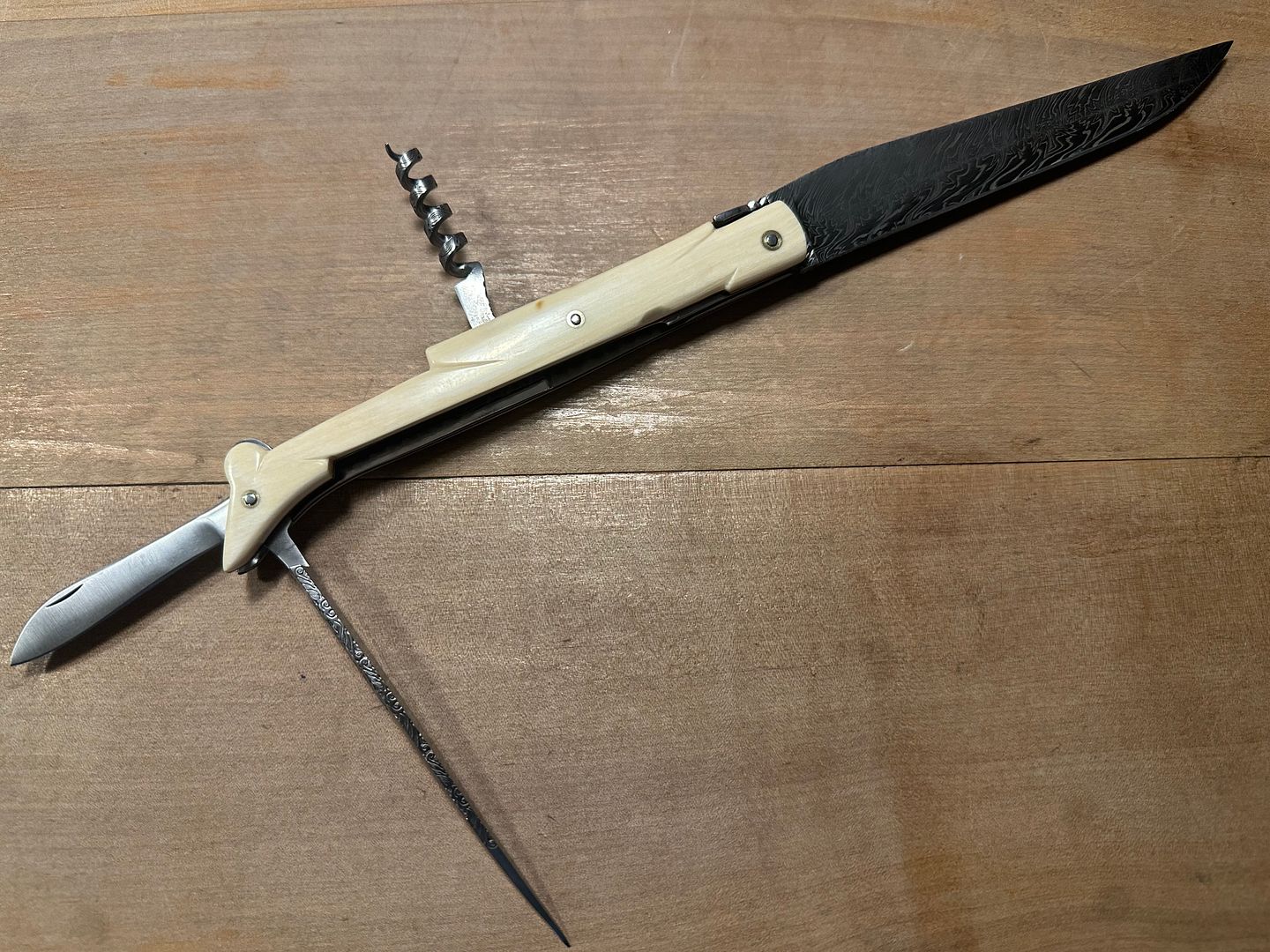
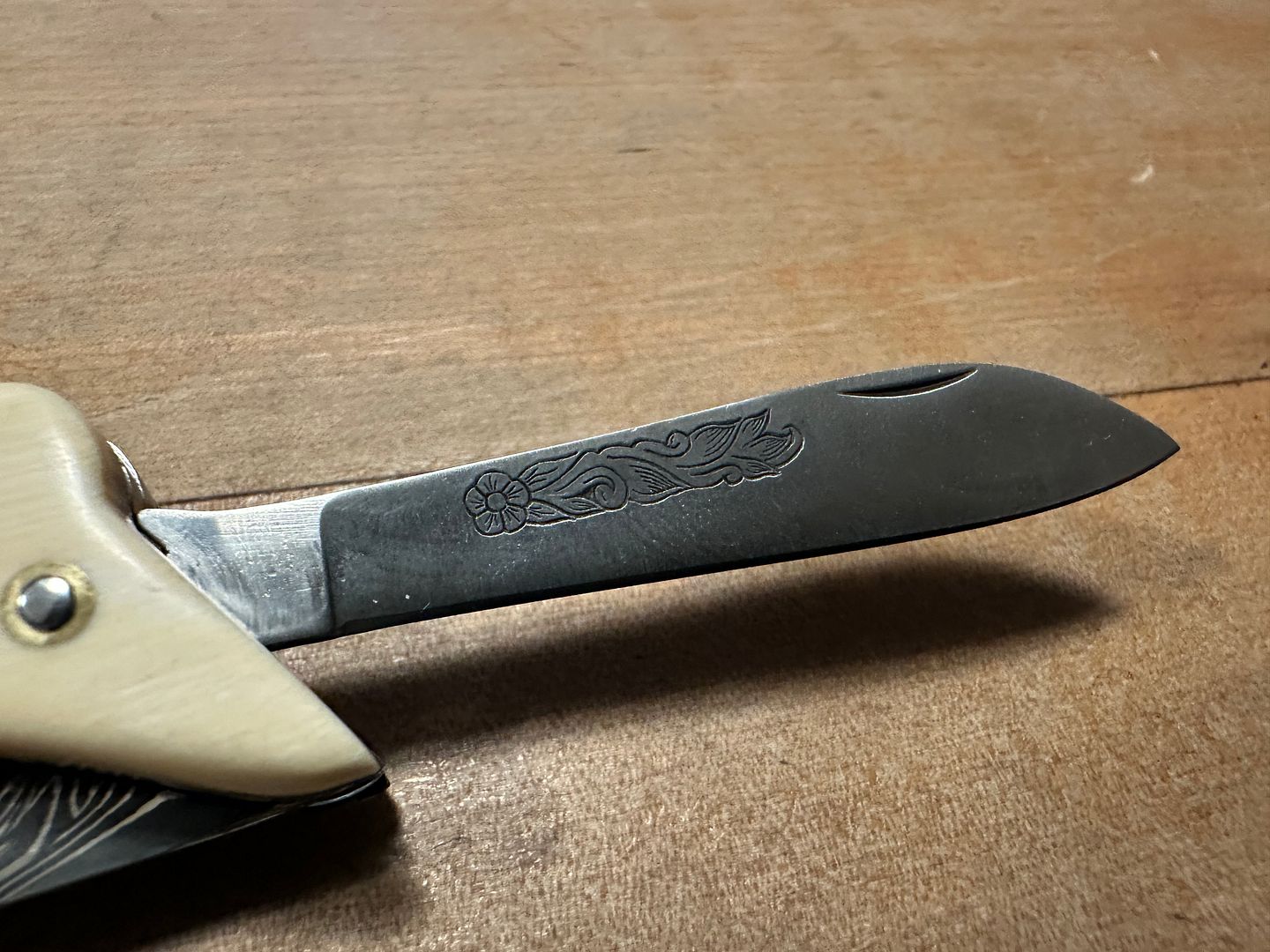
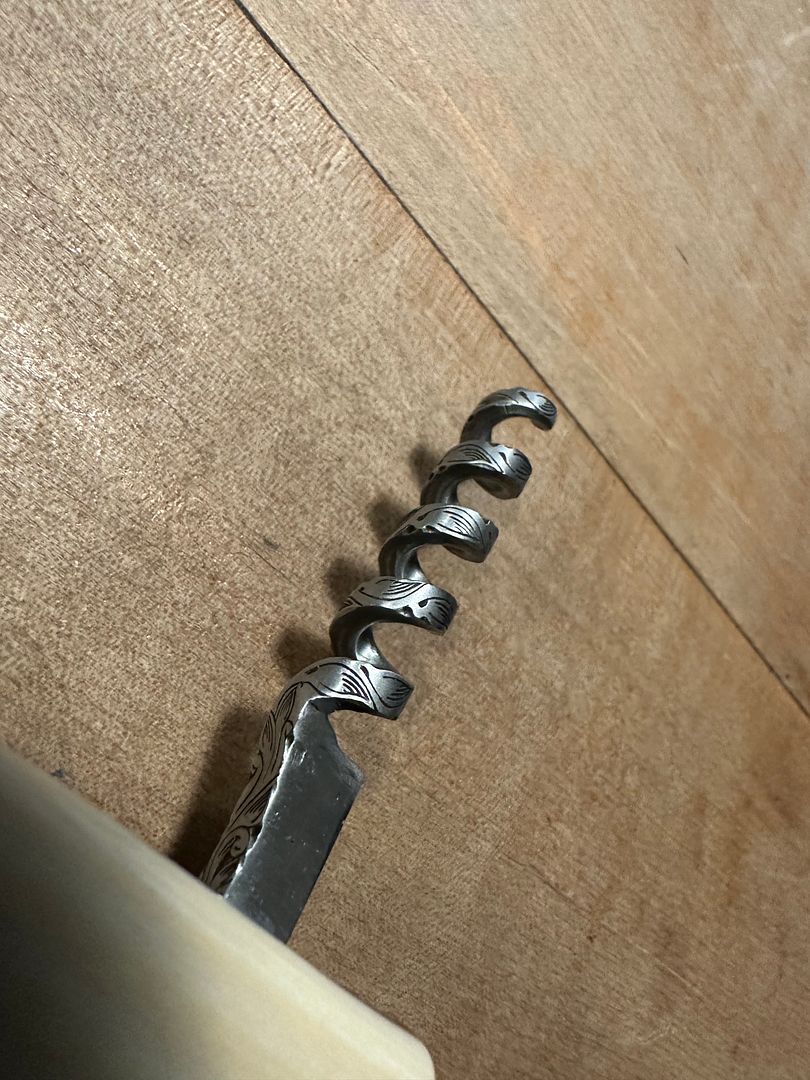

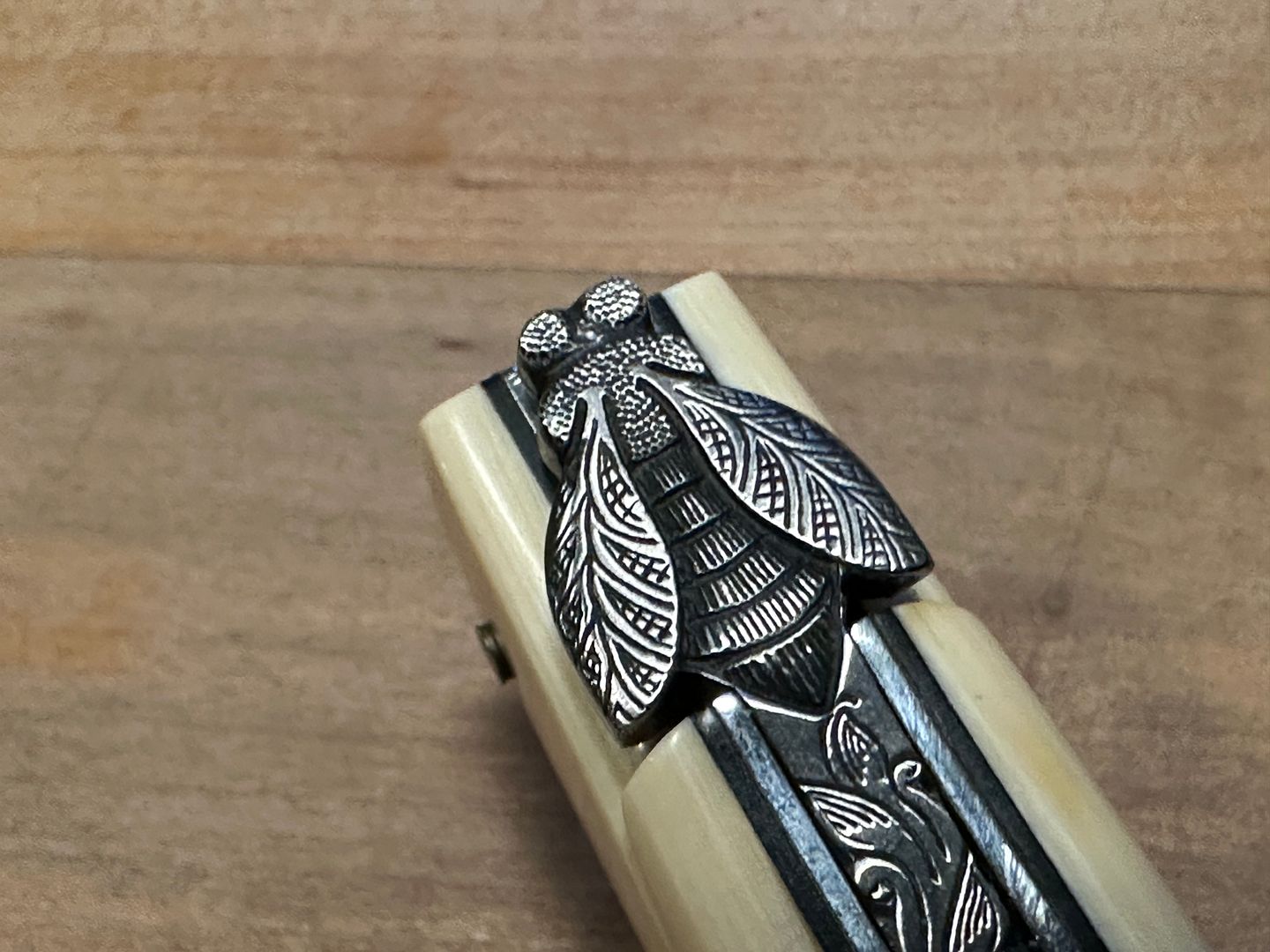
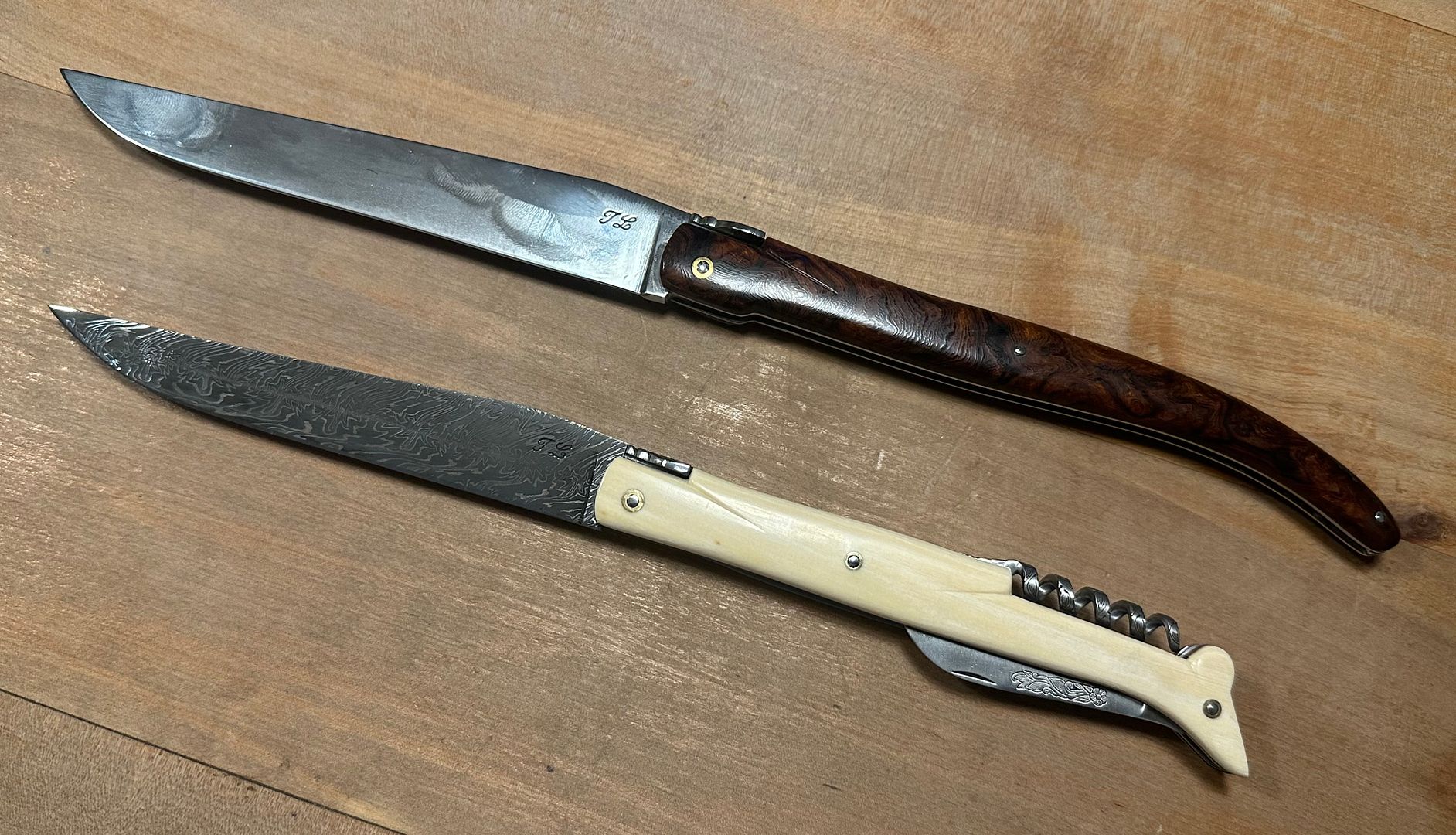











RayseM
Platinum Member
- Joined
- Feb 18, 2010
- Messages
- 8,269
- Joined
- Mar 24, 2020
- Messages
- 889
It is the one Jérôme made for me.Âchillepattada astounding examples J-M That quatre-pièces 15cm looks very much like the knife S Skyline Drive recently had commissioned, workmanship of the highest calibre (and daring!)
Thanks, Will
- Joined
- Mar 24, 2020
- Messages
- 889
Just a very few of the knives Jérôme will be presenting on his table at "Coutellia" on May 18 & May 19. I think that he doesn't want to have to go through the same experience as last year, where he was sold out after just three hours.......he has made quite a few knives for this years edition.





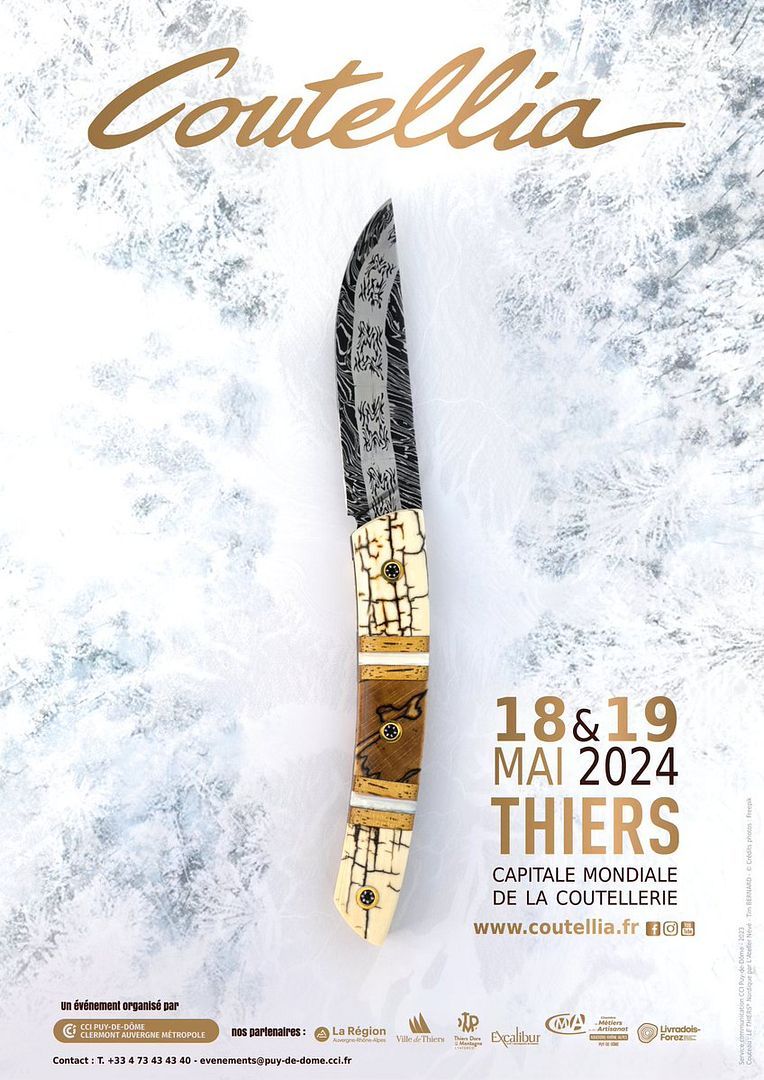






lambertiana
Gold Member
- Joined
- Jul 7, 2000
- Messages
- 9,722
Just a very few of the knives Jérôme will be presenting on his table at "Coutellia" on May 18 & May 19. I think that he doesn't want to have to go through the same experience as last year, where he was sold out after just three hours.......he has made quite a few knives for this years edition.






I'd love to see his table at the show.
Will Power
Gold Member
- Joined
- Jan 18, 2007
- Messages
- 33,582
JL may have made more knives than last year for his exhibition table, but they're still going to vanish fast 

- Joined
- Mar 24, 2020
- Messages
- 889
I’ll post some pics. But nothing beats seeing the knives for real at the show!I'd love to see his table at the show.
Last edited:
- Joined
- Mar 24, 2020
- Messages
- 889
A 13 cm "queue de scorpion", scales made from ironwood.
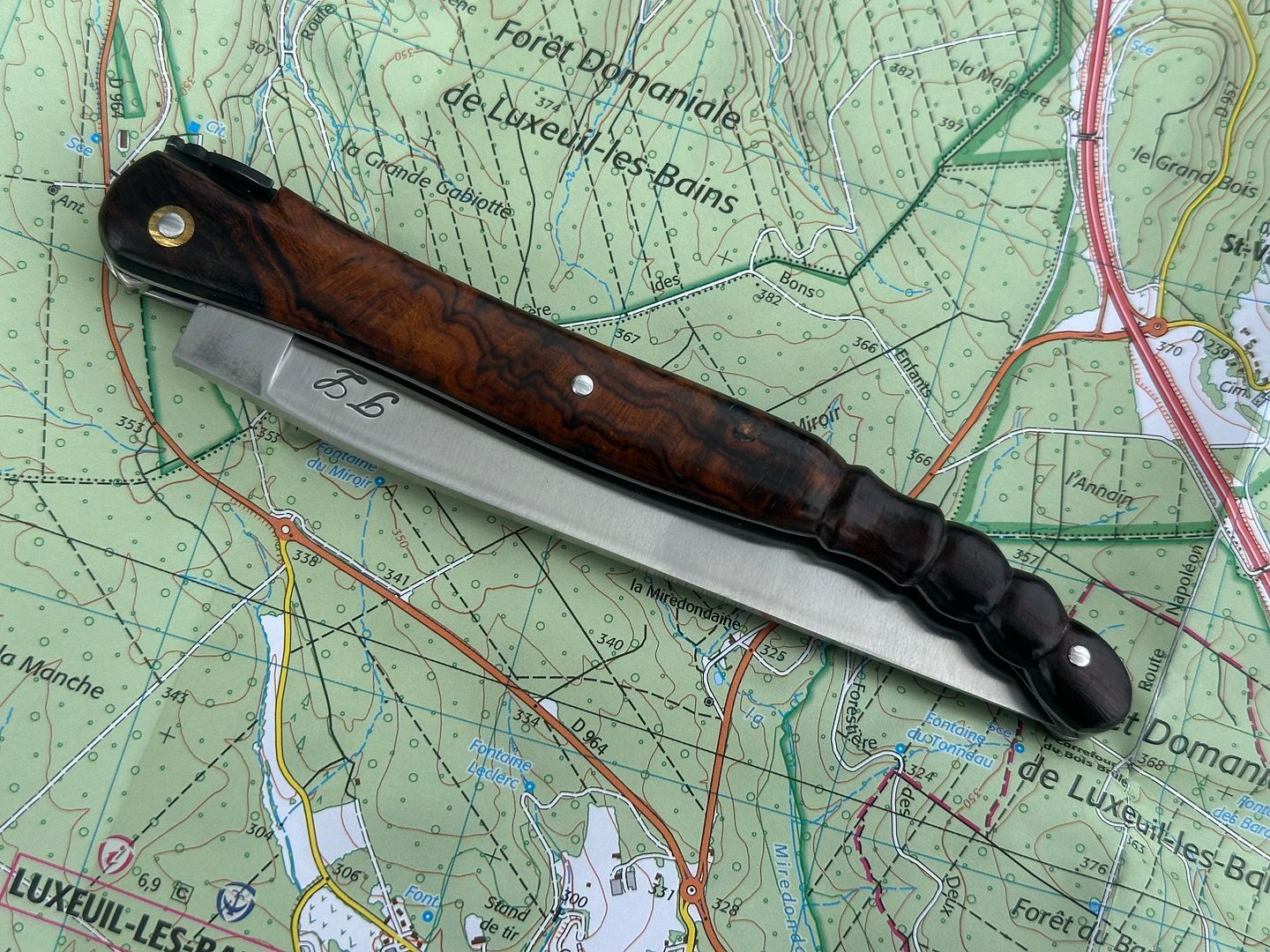
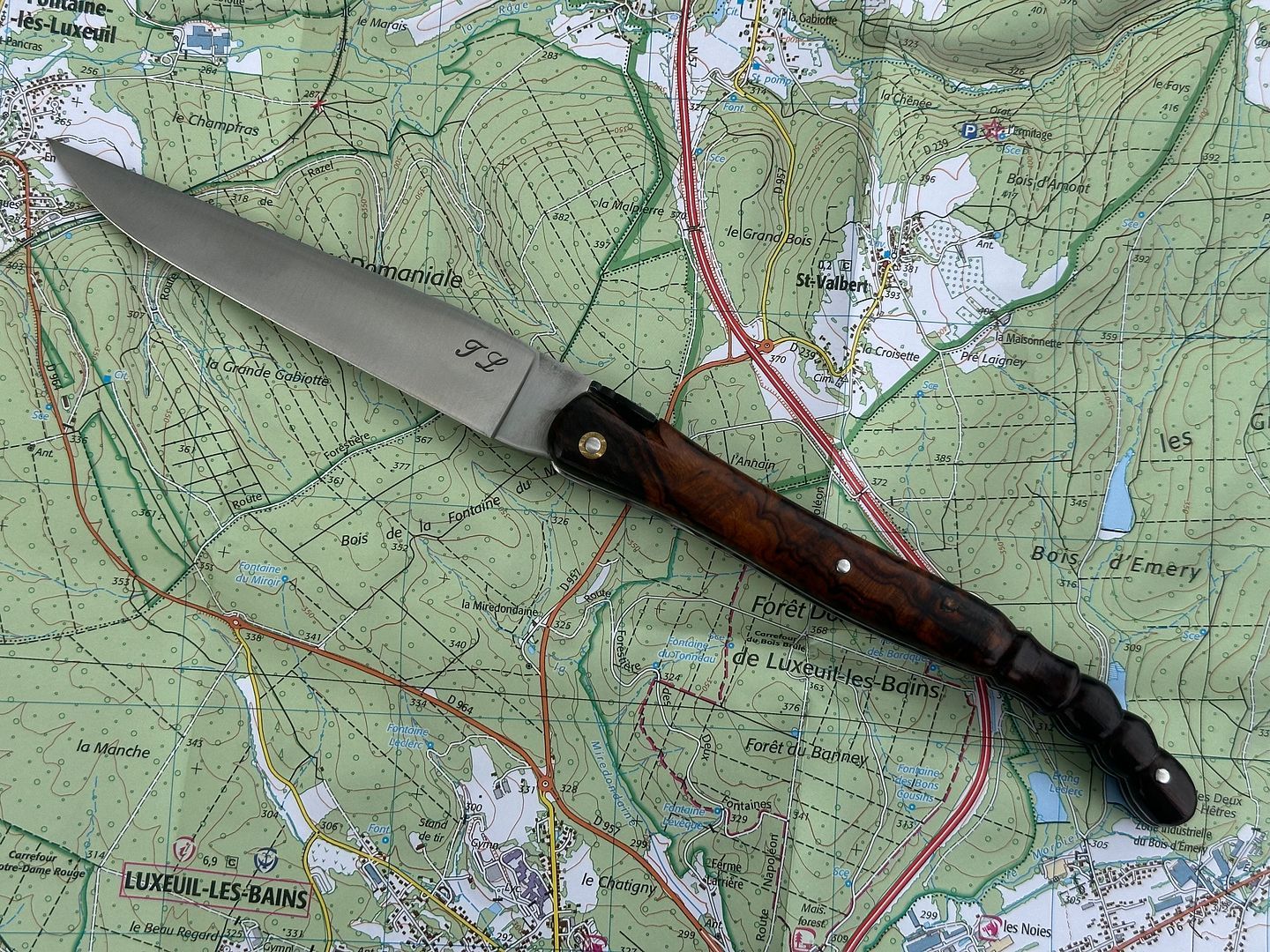




Will Power
Gold Member
- Joined
- Jan 18, 2007
- Messages
- 33,582
What I admire most about Jérôme L's work is that he excels at making both simple, clean uncluttered lines and very intricate complex knives as well. Few have that talent. 
Leslie Tomville
Gold Member
- Joined
- Dec 19, 2016
- Messages
- 2,325
I believe I would buy that Scorpion if I was at the show! You are so right
 Will Power
, I am torn between the simple knives and the more complex. I suppose if I had an opportunity I would opt for a simple, clean knife. I really like his engraving. In photos, it looks better than anyone else can do. I can feel my purchase resistance breaking down. It might be time to contact my French connection.
Will Power
, I am torn between the simple knives and the more complex. I suppose if I had an opportunity I would opt for a simple, clean knife. I really like his engraving. In photos, it looks better than anyone else can do. I can feel my purchase resistance breaking down. It might be time to contact my French connection.
 Will Power
, would you call the Scorpion simple or intricate. It definitely has clean lines and looks simple at first glance, but the carving and engraving are divine!
Will Power
, would you call the Scorpion simple or intricate. It definitely has clean lines and looks simple at first glance, but the carving and engraving are divine!
If anyone is going to the show, please message me! Is “gueue de scorpion” an actual traditional
pattern or a JL creation?
If anyone is going to the show, please message me! Is “gueue de scorpion” an actual traditional
pattern or a JL creation?
Last edited:
Will Power
Gold Member
- Joined
- Jan 18, 2007
- Messages
- 33,582
I believe I have seen old Lags with the Scorpion handle, similar to the 'Pigeon's wing' but as I say our Gallic contributors have more detailed knowledge. I do know this, JL makes a very impressive knife whatever the pattern.
lambertiana
Gold Member
- Joined
- Jul 7, 2000
- Messages
- 9,722
Is “gueue de scorpion” an actual traditional
pattern or a JL creation?
I know that other makers offer it. I have seen Fontenille Pataud and Honore Durand scorpion handles, and they can't be the only ones. According to one website that sells them, the scorpion handle goes back to the mid 19th century.
- Joined
- Mar 24, 2020
- Messages
- 889
I know that other makers offer it. I have seen Fontenille Pataud and Honore Durand scorpion handles, and they can't be the only ones. According to one website that sells them, the scorpion handle goes back to the mid 19th century.
I am far from being a specialist on the historical Laguioles, very far. But every time I need an answer to a question in regard to the old knives I look into Christian Lemasson's books. So that's what I did for the "queue de scorpion", also called "grelot".
Generally speaking, it was in 1880, that the first elaborate decorations appeared on the Laguiole knives. France had finally come out of a deep economic depression, the "bourgeoisie" got stronger and so the knife makers at Laguiole started making more elaborate, richly decorated knives for the budging upper class clients. This development was closely related with the development of the "art nouveau" style. If I got it right it was Calmels, closely followed by Pagés, who started making these high end Laguioles. Very soon they were followed by other makers. It was the beginning of the "guillochage" fileworks and the decorated "mouches", these were either representing floral motives, clover leaves or geometrical designs.
Now if we examine the development of the scales it seems as if the first decorations applied were cloverleaves at the butt, soon to be followed by "grelots / queues de scorpion", bird's heads, horse feet and boots. The oldest "queue de scorpion" I came across was made by Calmels and goes back to 1895. You can also find "queue de scorpions" in catalogues of Jules Calmels from 1898. and 1907.
- Joined
- Mar 24, 2020
- Messages
- 889
A 13cm "Laguiole droit", with scales made out of mammoth, by Jérôme Latreille.

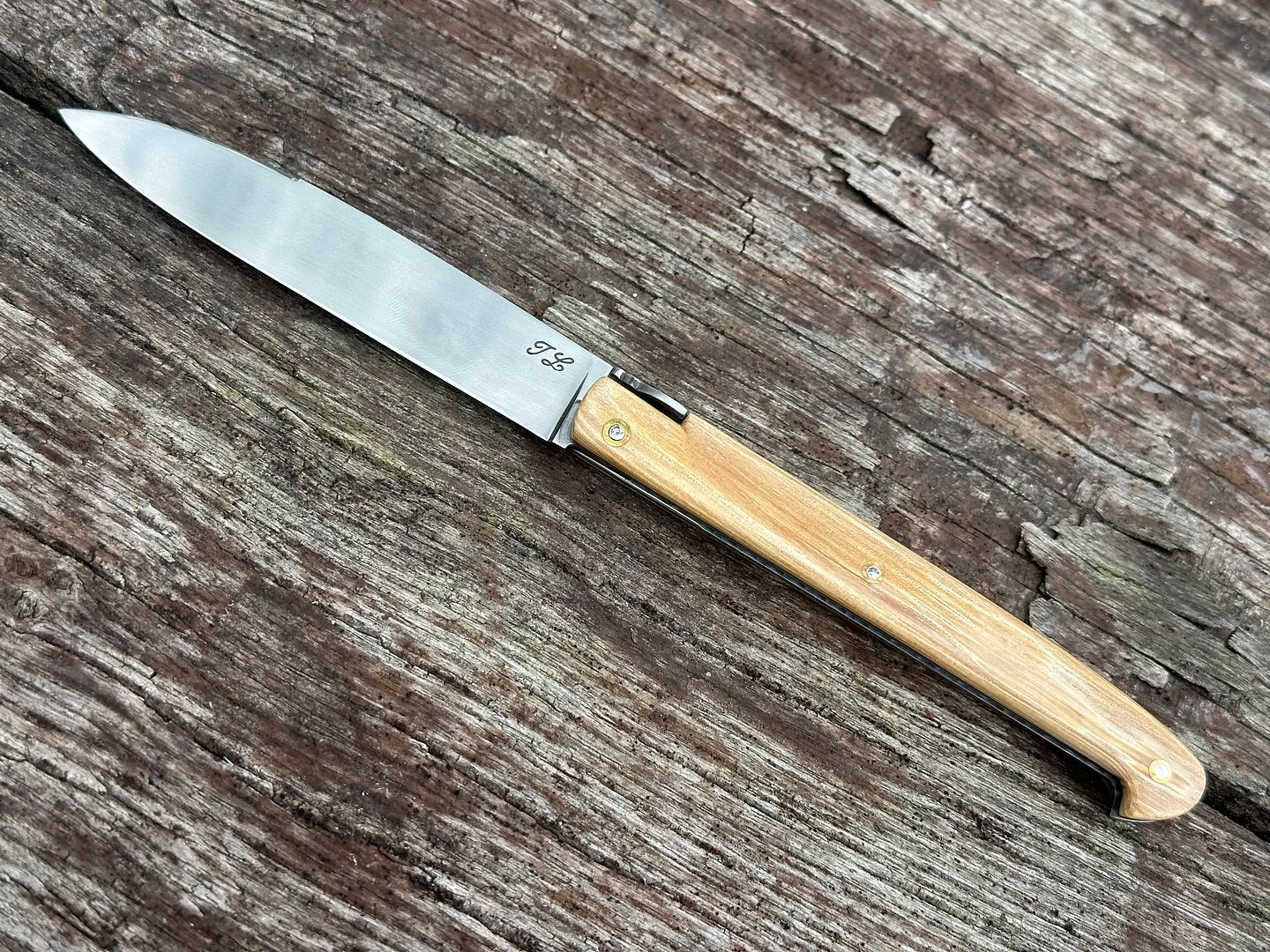
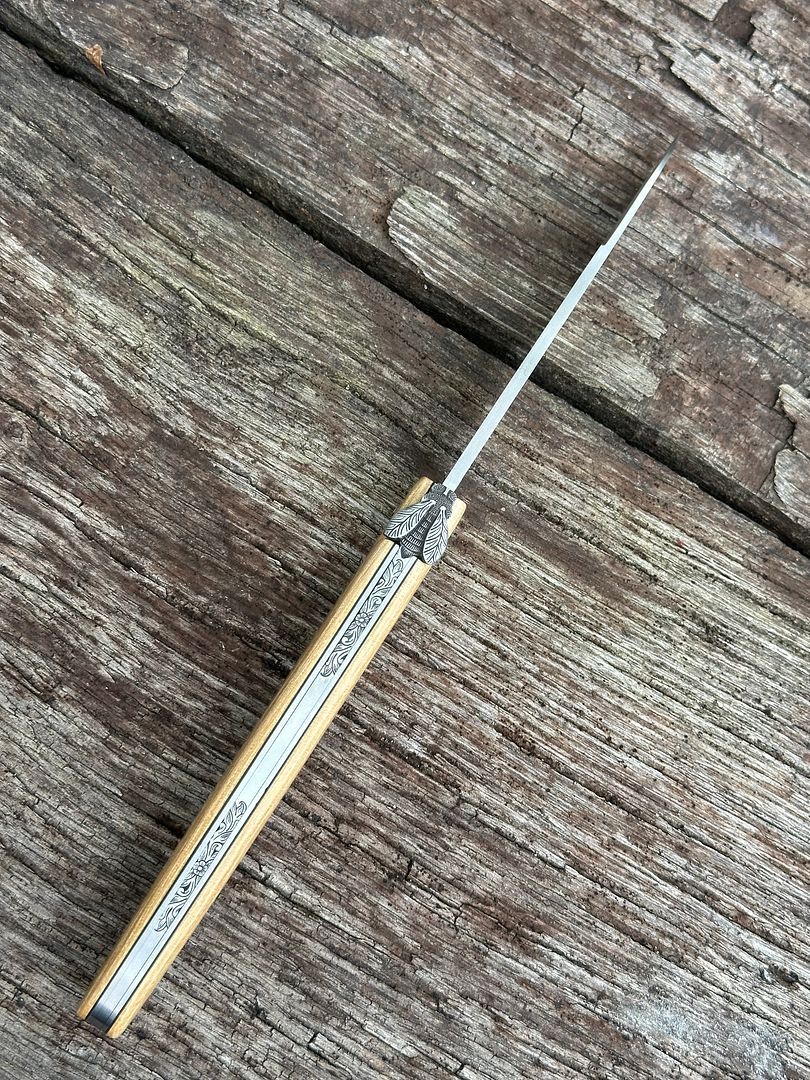



Will Power
Gold Member
- Joined
- Jan 18, 2007
- Messages
- 33,582
S
Skyline Drive
The above Laguiole-droit is a superb example and does, I think, illustrate my contention that JL is master of both complex detail and clean authenticity. The Laguiole-droit is regarded as the earliest form of the knife having this straight framed style as opposed to the curve of the later and more well known version-which has a swoopy Clip blade.
The example you show is quite large at 13cm but this is in keeping with tradition of former times when Laguioles & other patterns tended to be large , possibly due to fashion at the time, more universal public knife use and perhaps even clothing ? It seems as if many Traditional knives have got smaller or smaller styles find more favour, this is paradoxical when you think of Modern knives which are generally huge! One of the reasons they don't much interest me....
This Lag-droit is impressive by its purity, simplicity, long beautiful handle with fine scales, uncluttered Bourbonaise type blade with no nail-nick and a truly complex Fly augmented with discrete spaced filework and liners to give contrast to the Mammoth (which is brilliantly matched & finished) . Masterclass
Thanks, Will
The example you show is quite large at 13cm but this is in keeping with tradition of former times when Laguioles & other patterns tended to be large , possibly due to fashion at the time, more universal public knife use and perhaps even clothing ? It seems as if many Traditional knives have got smaller or smaller styles find more favour, this is paradoxical when you think of Modern knives which are generally huge! One of the reasons they don't much interest me....
This Lag-droit is impressive by its purity, simplicity, long beautiful handle with fine scales, uncluttered Bourbonaise type blade with no nail-nick and a truly complex Fly augmented with discrete spaced filework and liners to give contrast to the Mammoth (which is brilliantly matched & finished) . Masterclass

Thanks, Will

